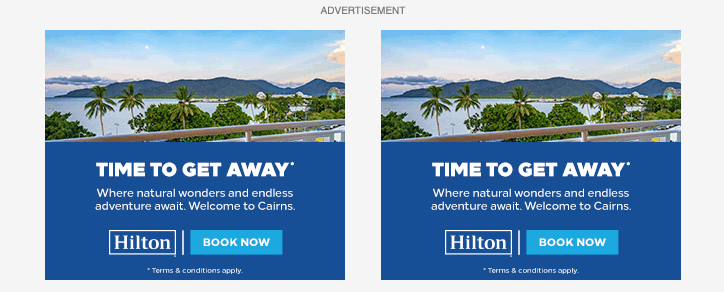Johnson & Johnson Surpasses Quarterly Profit Estimates as Medical Device Sales Soar

Johnson & Johnson Surpasses Quarterly Profit Estimates as Medical Device Sales Soar
Johnson & Johnson surpasses quarterly profit estimates as medical device sales soar, highlighting strong market performance.

Johnson & Johnson (NYSE: JNJ) reported better-than-expected first-quarter earnings on Tuesday, driven by a strong rebound in demand for its medical devices as patients resume non-urgent surgeries that were deferred during the Covid-19 pandemic. The healthcare giant posted adjusted earnings per share of $2.71, exceeding analysts’ estimates of $2.64, while revenue came in at $21.38 billion, slightly below the consensus estimate of $21.4 billion but still marking a 2.3% increase from the same period last year.
Medical Device Division Leads Growth
J&J’s medical devices division, which provides products for surgeries, orthopedics, and vision care, saw sales surge 4% year-over-year to $7.82 billion. The growth was fueled by the company’s acquisition of heart device firm Abiomed, as well as increased demand for electrophysiological products, wound closure devices, and contact lenses.
“Consumers may be pulling back in other areas but don’t want to compromise when it comes to their health, their mobility, their ability to live a fulfilling life,” J&J CFO Joseph Wolk told CNBC. He noted that the company has seen elevated procedure levels due to COVID-19 and hasn’t observed any backtracking of that trend.
The solid performance in the medical devices segment highlights the ongoing recovery in healthcare spending as the pandemic’s impact wanes, with patients increasingly seeking out delayed treatments and procedures.

Pharmaceutical Segment Posts Modest Gains

The pharmaceutical segment also posted modest growth, with sales rising nearly 1% to $13.56 billion. Excluding J&J’s COVID-19 vaccine, which brought in only $25 million internationally and had no U.S. sales, the pharmaceutical division’s revenue grew almost 7%. The growth was driven by strong sales of cancer drugs Darzalex, Erleada, and Carvykti.
J&J’s pharmaceutical business continues to benefit from its diverse portfolio of treatments across various therapeutic areas, helping to offset the decline in Covid vaccine sales as the pandemic enters a new phase.
The company’s ability to deliver growth in both its medical device and pharmaceutical segments underscores its resilience and adaptability in the face of evolving healthcare needs and market conditions.
Positive Outlook Tempered by Talc Litigation
J&J narrowed its full-year 2024 guidance, now expecting sales of $88 billion to $88.4 billion and adjusted earnings per share of $10.57 to $10.72. The company also announced a 4.2% increase in its quarterly dividend to $1.24 per share, marking its 62nd consecutive year of dividend hikes.
Despite the positive financial results, J&J continues to face ongoing litigation over claims that its talc-based products caused ovarian cancer. While a recent federal court ruling allowed the company to contest scientific evidence linking talc to cancer, J&J has set aside funds to resolve state consumer protection claims and faces numerous lawsuits slated for trial this year.

Related posts



